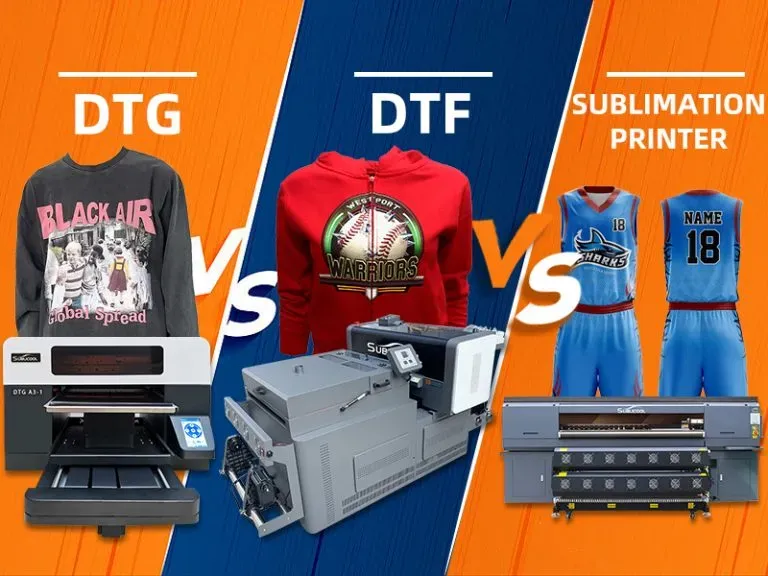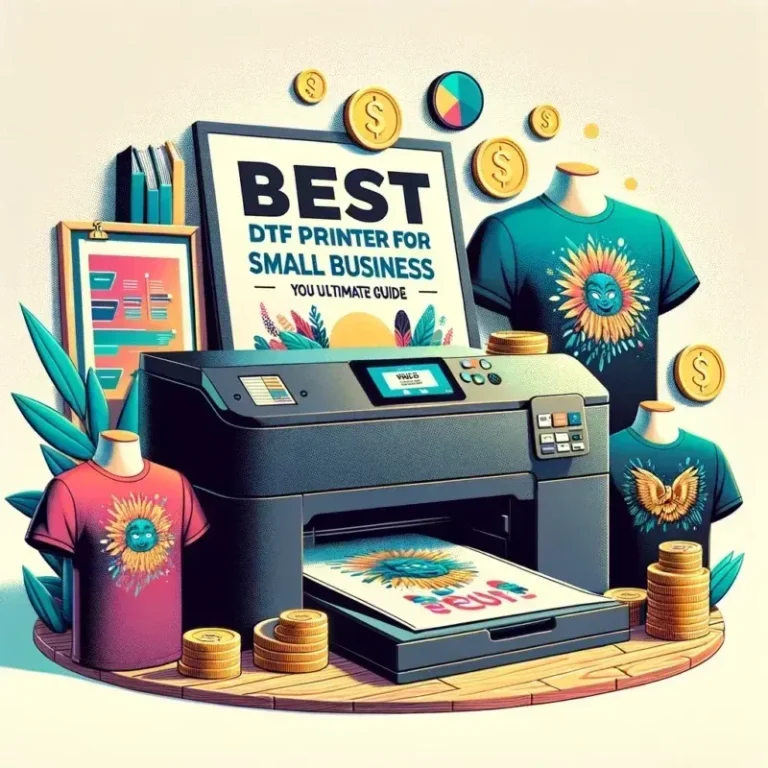DTF Printing: Pros, Cons, and Best Practices Explained
DTF printing, or Direct to Film printing, has revolutionized the textile industry by providing an efficient and versatile method for transferring vivid designs onto fabric. This innovative technique involves printing high-resolution graphics onto a specially designed film, which is then heated and pressed onto garments, resulting in vibrant, durable prints that cater to diverse fashion needs. The DTF printing process boasts numerous advantages, including compatibility with a wide range of fabrics and cost-effective short runs, making it a popular choice among apparel businesses. Moreover, understanding DTF printing benefits—such as outstanding print quality and longevity—can significantly impact a company’s success in the competitive market. In this article, we will explore the intricacies of DTF printing, including best practices that ensure optimal results and maintain the integrity of the artwork.
Known by other names like film transfer printing, DTF technology is quickly gaining recognition for its capacity to deliver intricately designed prints on various fabric types. This approach utilizes specialized inkjet printers and heat transfer techniques to create stunning visuals that endure wear and washing, exemplifying its significance in modern textile applications. The appeal of DTF printing lies not only in its exceptional quality but also in the flexibility it offers designers looking to customize apparel without extensive production costs. Embracing this practice means leveraging the best aspects of direct-to-garment technology while navigating its unique challenges. As we dive deeper into the DTF printing landscape, we will uncover essential insights into its processes, applications, and the best practices needed for optimal performance.
Understanding the DTF Printing Process
DTF printing, or Direct to Film printing, is a streamlined process that begins with printing high-resolution images onto a specialized film using advanced inkjet technology. Following this, a transfer adhesive is applied to ensure the design adheres to the fabric effectively. This method contrasts with traditional printing techniques by eliminating the need for screens or stencils, which can often complicate the design workflow. The application of heat during the transfer process activates the adhesive, embedding the ink into the fibers of the garment, resulting in prints that boast superior durability and vivid color reproduction.
The DTF printing process is particularly favorable for businesses that cater to customized clothing, as it allows for quick adjustments and designs without significant lead times. Furthermore, the versatility of this method means it can accommodate various fabrics, including cotton and polyester, making it a go-to solution for many apparel makers. By understanding and mastering the DTF printing process, businesses can leverage its strengths to deliver high-quality products that meet diverse customer needs.
Frequently Asked Questions
What is DTF Printing and how does the DTF printing process work?
DTF Printing, short for Direct to Film printing, is a method of applying images onto fabric through a specialized process. It involves printing designs onto a transfer film coated with an adhesive, which is then heat-pressed onto the fabric. This process allows for vibrant, high-resolution prints that are suitable for a variety of textiles.
What are the main DTF printing benefits compared to other printing methods?
DTF printing offers several benefits, including high print quality with vibrant colors and detailed designs. It also has a wide fabric compatibility, allowing prints on cotton, polyester, and blends. Moreover, DTF printing is cost-effective for short runs, making it ideal for small production batches and customization.
What type of DTF printing equipment is necessary for successful prints?
To effectively execute DTF printing, specialized equipment is needed, including an inkjet printer capable of handling DTF films, heat press machines for the transfer process, and high-quality transfer adhesives. Investing in quality equipment is crucial for achieving optimal print results.
What are some best practices for DTF printing to ensure high-quality results?
To achieve the best outcomes in DTF printing, it is essential to use quality materials, optimize printer settings for resolution and saturation, follow recommended curing times and temperatures, and pre-press garments to eliminate moisture. These practices enhance adhesion and print durability.
Are there any drawbacks to consider when using DTF printing?
While DTF printing has many advantages, it also has drawbacks, such as initial setup costs for equipment and the need for proper curing processes that can extend production times. Additionally, there is a potential for cracking if prints are not adequately applied or cared for.
How is DTF printing evolving with the latest developments in technology?
The DTF printing sector is continually evolving, with advancements showcased at major events like the Printing United Expo 2024. These technological innovations aim to enhance print quality and efficiency in the DTF printing process, providing businesses with competitive advantages and improved production capabilities.
| Key Points | Details |
|---|---|
| Introduction to DTF Printing | Innovative method for transferring designs onto fabric using special film and heat-pressing. |
| Pros of DTF Printing | 1. High Quality: Vibrant colors and excellent resolution. 2. Wide Fabric Compatibility: Works on various fabrics like cotton and polyester. 3. Durability: Resistant to washing and wear. 4. Cost-Effective for Short Runs: Ideal for smaller production runs and quick market response. |
| Cons of DTF Printing | 1. Initial Setup Cost: High upfront investment for equipment. 2. Print Curing Requirements: Needs heat-press curing, extending production time. 3. Potential for Cracking: Risks of cracking or peeling with improper care. |
| Best Practices for DTF Printing | 1. Use Quality Materials: Invest in high-quality films and inks. 2. Optimize Printer Settings: Ensure proper resolution and ink levels. 3. Curing Techniques: Follow correct curing times and temperatures. 4. Pre-Press Garments: Eliminate moisture and wrinkles for better adhesion. |
| Latest Developments in DTF Printing | New technological advancements revealed significant improvements in print quality and efficiency in the sector. |
Summary
DTF Printing is an innovative technique that offers businesses the ability to create high-quality, durable prints suitable for a variety of fabrics. This printing method is gaining popularity due to its vibrant color output and versatility across different clothing lines. By understanding the process, benefits, potential drawbacks, and implementing best practices, companies can optimize their use of DTF printing to meet market demands effectively. Continuous advancements in technology further bolster the potential for growth and development within the DTF printing landscape, making it an essential focus for apparel businesses.






